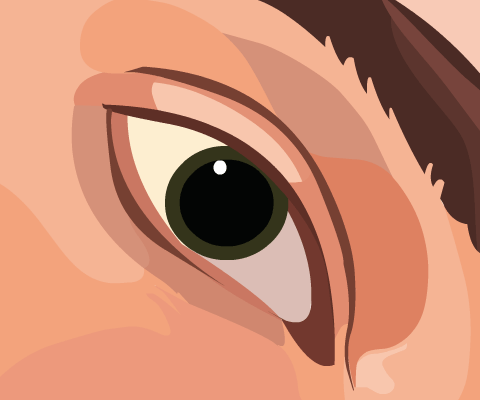Fig 1 shows pupil constriction and dilation. Pupil size is controlled by two muscles:
- The sphincter of the iris: parasympathetic stimulation produces pupil constriction (miosis)
- The radial muscle of the iris: sympathetic stimulation produces pupil dilation (mydriasis) (α1)
Question: What are the effects of the drugs atropine and adrenaline on the eye?

Fig 1 shows pupil constriction and dilation. Pupil size is controlled by two muscles:
- The sphincter of the iris: parasympathetic stimulation produces pupil constriction (miosis)
- The radial muscle of the iris: sympathetic stimulation produces pupil dilation (mydriasis) (α1)
Question: What are the effects of the drugs atropine and adrenaline on the eye?
Answer: Both cause pupil dilation and blurred vision, by parasympathetic block (atropine) and sympathetic stimulation (adrenaline) (Fig 2).

Fig 1 shows pupil constriction and dilation. Pupil size is controlled by two muscles:
- The sphincter of the iris: parasympathetic stimulation produces pupil constriction (miosis)
- The radial muscle of the iris: sympathetic stimulation produces pupil dilation (mydriasis) (α1)
Question: What are the effects of the drugs atropine and adrenaline on the eye?
Answer: Both cause pupil dilation and blurred vision, by parasympathetic block (atropine) and sympathetic stimulation (adrenaline) (Fig 2).
